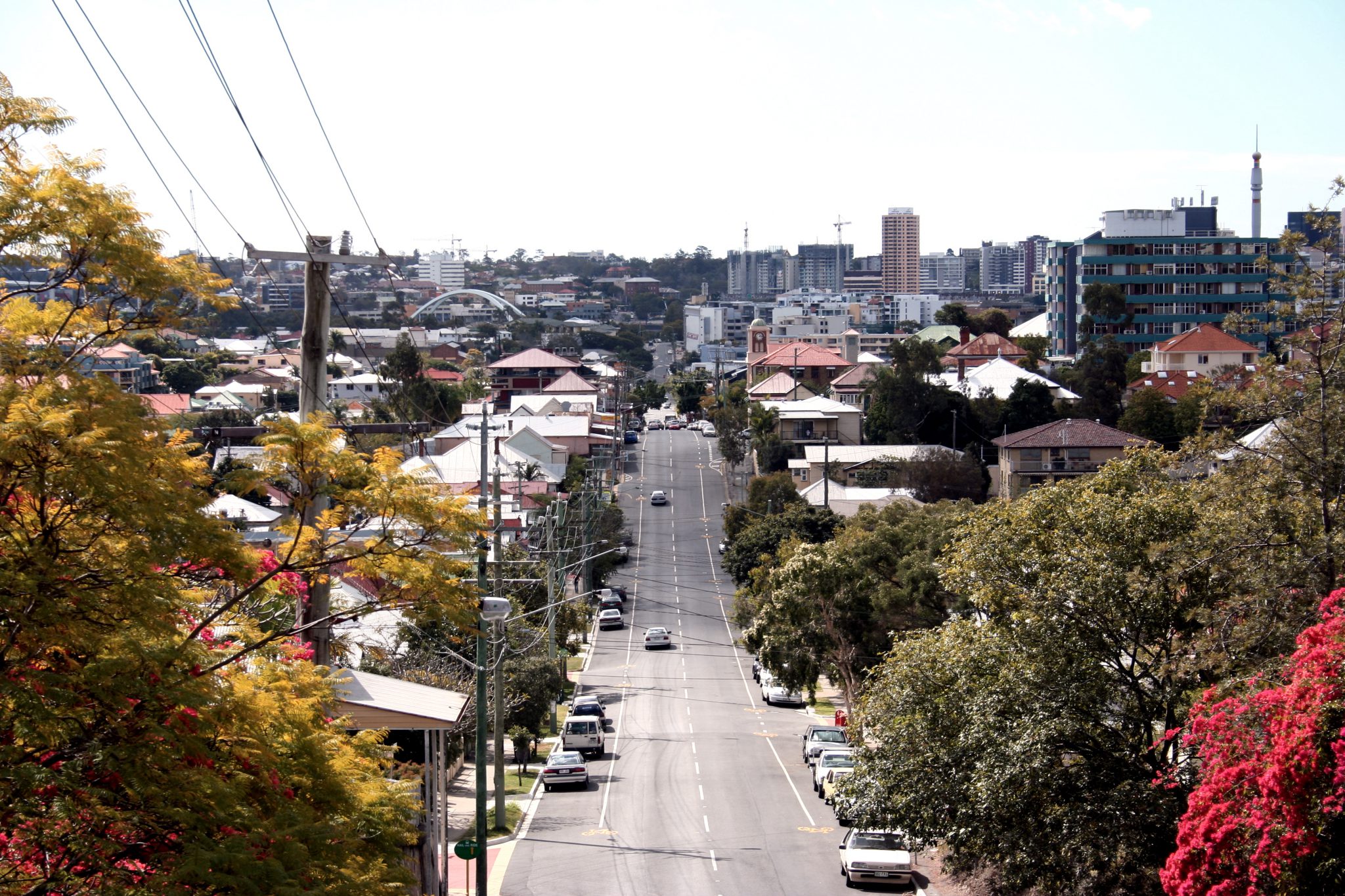
The SKA project requires substantial technology development particularly in Big Data and ultra-fast computing. Tell us a bit about the technology – how will the radio dishes at the two sites work together to collect signals? However, no one has ever attempted the sheer size and scale which is that of the SKA.Ī combination of unprecedented collecting area, versatility and sensitivity will make the SKA the world’s premier imaging and survey telescope over a wide range of radio frequencies, producing the sharpest pictures of the sky of any current radio telescope. Examples include the Karl G Jansky VLA located in the US, the ALMA telescope located in Chile, or the VLBI which has stations located across the globe. There are other telescopes similar to this design. This is why we spread more antennas over such vast areas, which also means that the images made are of finer resolution than is possible with large, single antenna dishes. So, the more antennas you have, the larger the effective collecting area and the greater the sensitivity to be able to detect very weak cosmic radio signals. So, to build bigger telescopes, astronomers use a technique called interferometry, using large numbers of smaller antennas connected together by optical fibre network, and so working as a single virtual telescope, called an array. However, due to structural and engineering limits, there is only so big you can build a dish before it doesn’t become feasible. The popular perception of a radio telescope is that of a single large dish. SKA-mid, in South Africa, will consist in its first phase (SKA1-mid) of around 200 dishes and will operate at higher frequencies, similar to those used for mobile phone signal transmission. SKA-low, located in Western Australia, will consist in its first phase (SKA1-low) of over 130,000 antennas and will receive very low frequencies, similar to those on which you receive FM radio stations.

Each antenna design is best suited to receive signals at different frequencies. Both will use different antenna technologies, with SKA-low using dipole antennas, and SKA-mid having parabolic antennas. There will be two different types of instruments, SKA-low and SKA-mid, each located in Australia and South Africa respectively. The array will cover a combined area of about one square kilometre over its two sites – how many radio dishes will this include, and what are the benefits of covering such a vast area? Is this the largest telescope array of its kind?
#KILOMETRE ARRAY FULL#
The full implementation and construction of the full SKA will require more than a decade and will rely on further refinement of some of the enabling technologies over the coming years. So, with the current schedule, SKA1 is planned to start construction in 2018, with early science planned for early 2020s. The decision to adopt a phasedapproach, SKA1 and SKA2, for building the SKA was mainly to manage risk and to allow for technological evolution, building upon a decade of substantial investment in precursor telescopes, technologies, and design studies. Regarding the timeline of the project, as it stands today, the project has now entered its final pre-construction phase (or detailed design phase), which essentially consists of fine-tuning the design of the telescope before construction of SKA1 (the first phase of the project) starts towards the end of 2018. Due to this monumental effort, the SKA has successfully passed a number of important milestones towards construction.


Indeed, within the headquarters we have close to 60 staff, supported by over 100 research institutes and companies with 600+ scientists and engineers around the globe, all currently participating in an international effort to deliver the SKA. Please tell us a bit about the timeline and the different phases involved – when will construction start, when will it end, and when can astronomers start using it? You lead a large team of people who are designing and will ultimately construct the SKA telescope.


 0 kommentar(er)
0 kommentar(er)
